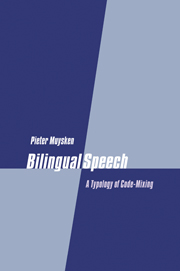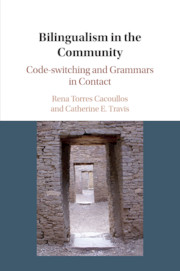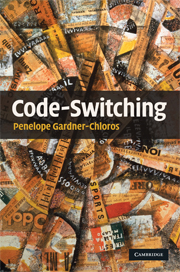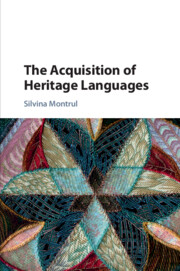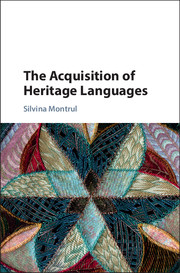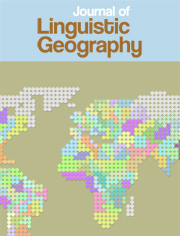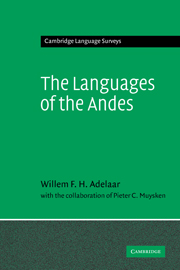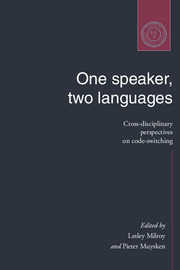Bilingual Speech
This book provides an in depth analysis of the different ways in which bilingual speakers switch from one language to another in the course of conversation. This phenomenon, known as code-mixing or code-switching, takes many forms. Pieter Muysken adopts a comparative approach to distinguish between the different types of code-mixing, drawing on a wealth of data from bilingual settings throughout the world. His study identifies three fundamental and distinct patterns of mixing - 'insertion', 'alternation' and 'congruent lexicalization' - and sets out to discover whether the choice of a particular mixing strategy depends on the contrasting grammatical properties of the languages involved, the degree of bilingual competence of the speaker or various social factors. The book synthesizes a vast array of recent research in a rapidly growing field of study which has much to reveal about the structure and function of language.
- In depth analysis of the different types of language mixing from a comparative perspective
- Draws together the latest research in a rapidly moving field and relates it to the general study of language contact
- Wide focus, integrates both structural and sociolinguistic analyses
Reviews & endorsements
"Bilingual speech makes an important contrinbution to the field of lanugage contact....This is an obligatory reference for those working in the field of language contact from a grammatical prespective. It is a clear point of departure that future researchers cannot ignore if they seek to give a comprehensive explanation of the code-mixing facts that Muysken presents in his book." Language in Society
Product details
February 2001Hardback
9780521771689
324 pages
237 × 161 × 28 mm
0.6kg
34 tables
Available
Table of Contents
- 1. The study of code-mixing
- 2. Differences and similarities between languages
- 3. Insertion
- 4. Alternation
- 5. Congruent lexicalization
- 6. Function words
- 7. Bilingual verbs
- 8. Variation in mixing patterns
- 9. Bilingual speech and language contact.

